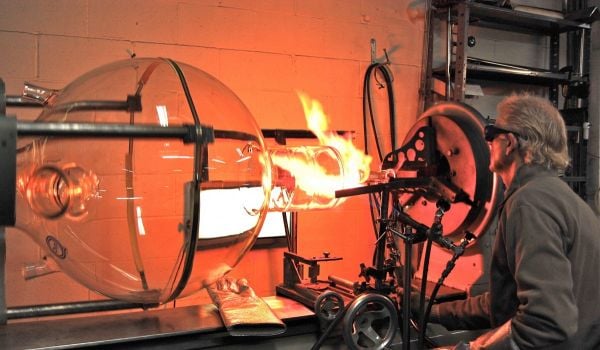Over the next two weeks, Next City will unroll short profiles of 77 people, places and ideas that have changed cities this year. Together, they make up our 2012 Disruption Index. Forefront subscribers can download the Index in full as a PDF, complete with beautiful designs and graphics by Danni Sinisi. Readers who make a $75 donation to Next City will have a full-color printed copy of the Index mailed to them.
Hailing a taxi is just so… analog. But it doesn’t have to be, according to Uber, the start-up technology company that’s changing the way people catch cabs. By connecting people in need of rides with licensed car service drivers in their area, Uber’s phone apps are making an end-run around historically low-tech taxi companies to offer more choice and, ultimately, improve the user experience of getting a ride. And as the app catches on cities such as Washington, D.C., New York and its hometown of San Francisco, it’s forcing some creative reflection on the entire transportation eco-system. A good thing, if you ask us.
The taxi industry, not surprisingly, hasn’t been too pleased with the San Francisco-based techies for usurping some of its business. Regulatory disputes in New York, for example, caused the company to retract an effort to work directly with taxi drivers in the city. It’s now focusing specifically on the black town cars of private services.
Founded in 2009, the company has taken off over the past year, cropping up in more than 24 urban areas worldwide. And though traditional cab services are pushing back, Uber is growing — and attracting competitors in many of its markets. People will probably still be hailing cabs the old-fashioned way for years to come, but Uber is proving that there’s a digital future in what for so long was a low-tech transportation system. Crucially, it’s also proving that there is a payoff for those who invest in transportation innovation.

Nate Berg is a writer and journalist covering cities, architecture and urban planning. Nate’s work has been published in a wide variety of publications, including the New York Times, NPR, Wired, Metropolis, Fast Company, Dwell, Architect, the Christian Science Monitor, LA Weekly and many others. He is a former staff writer at The Atlantic Cities and was previously an assistant editor at Planetizen.
















